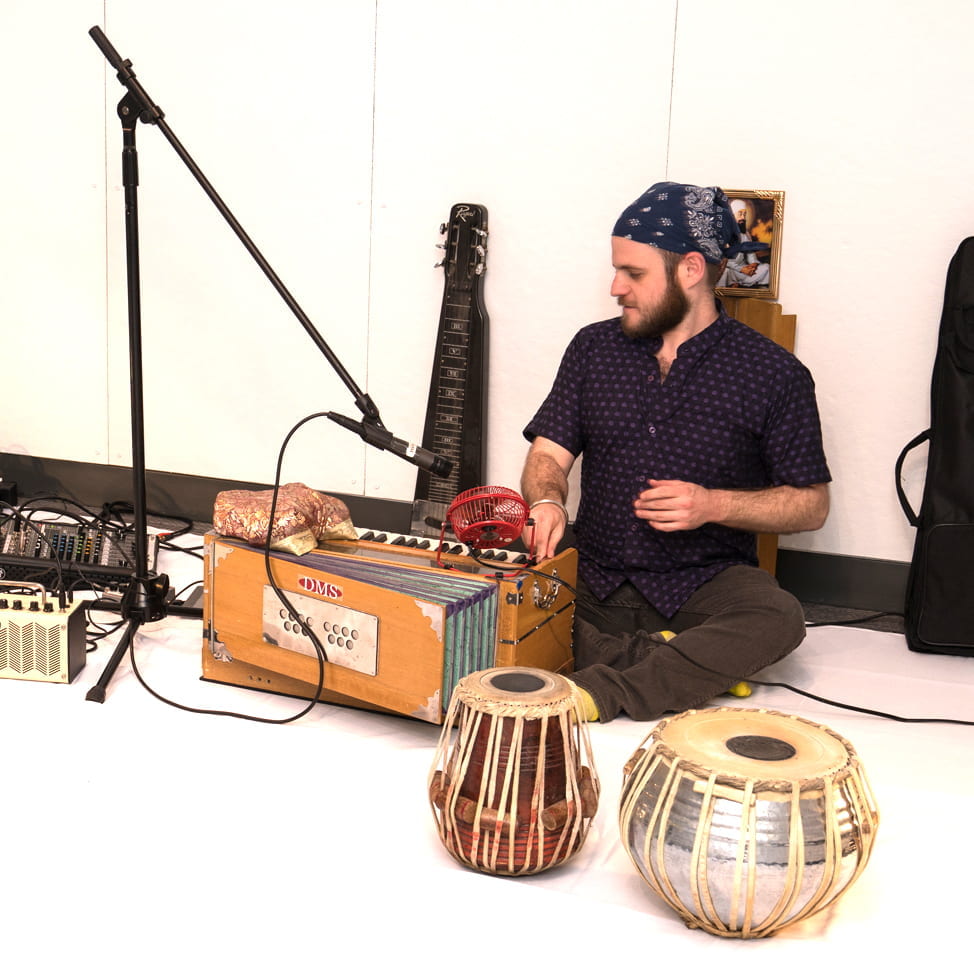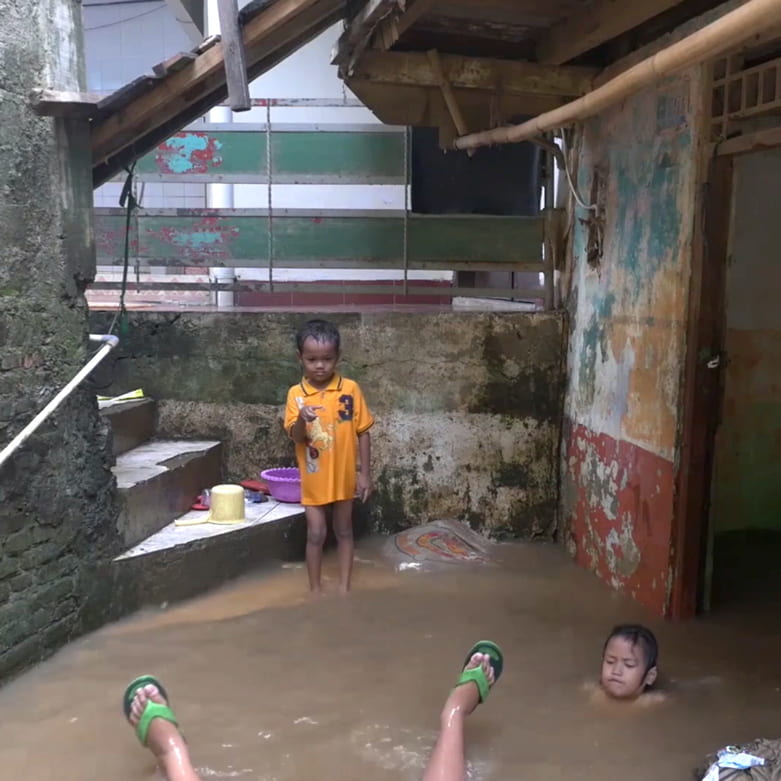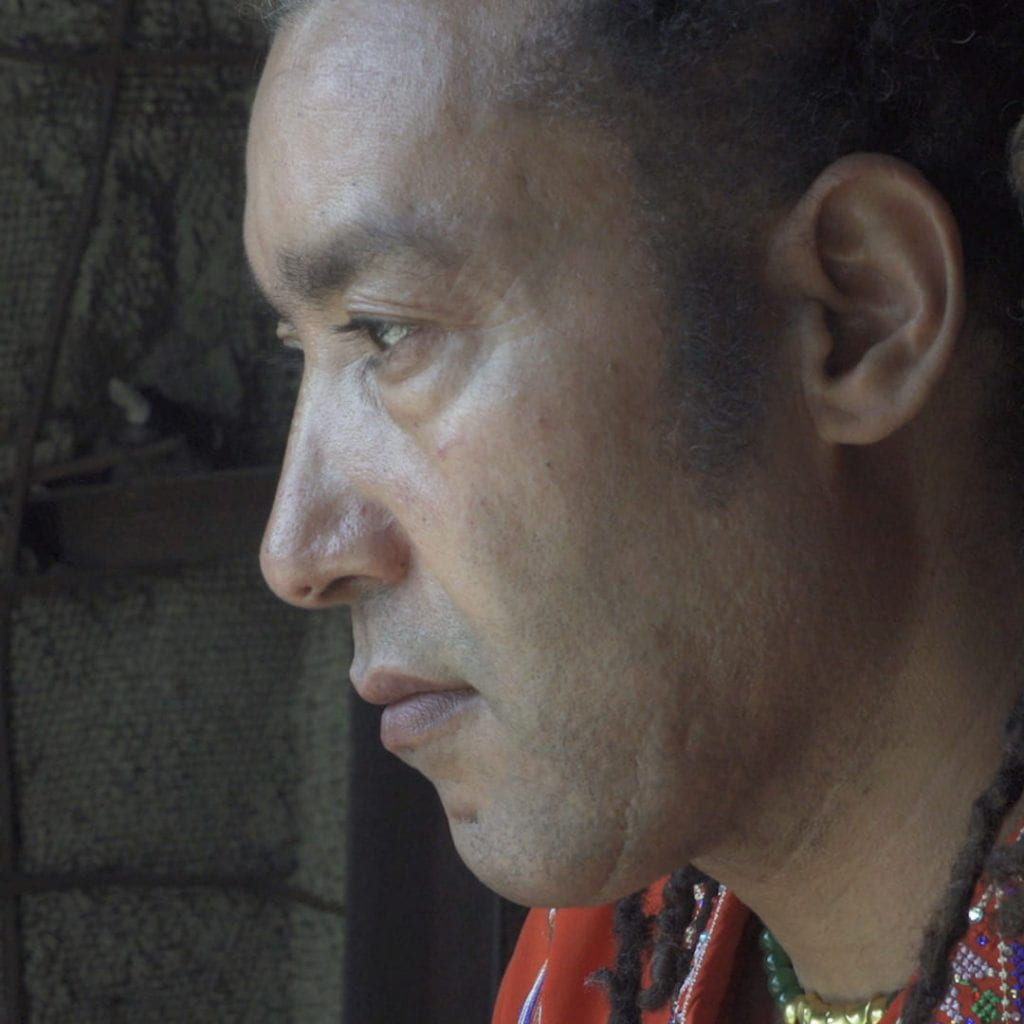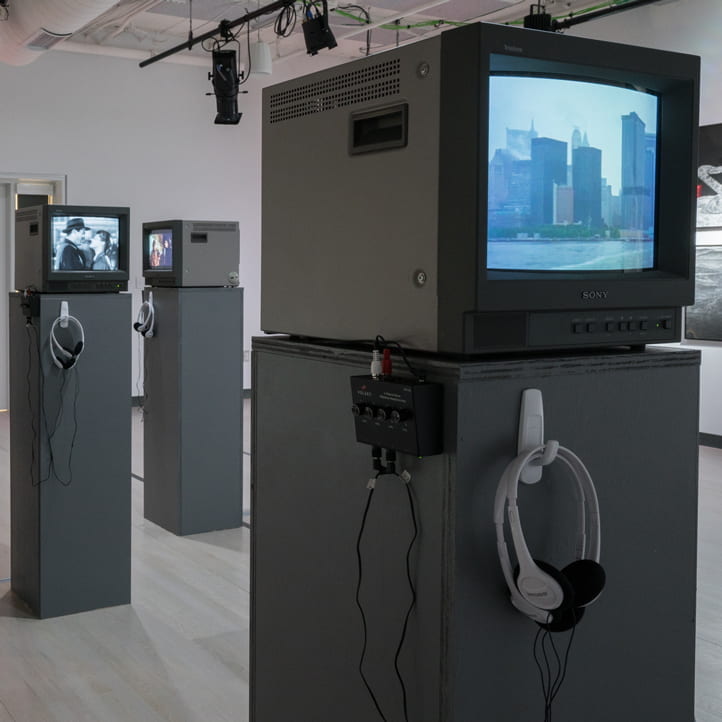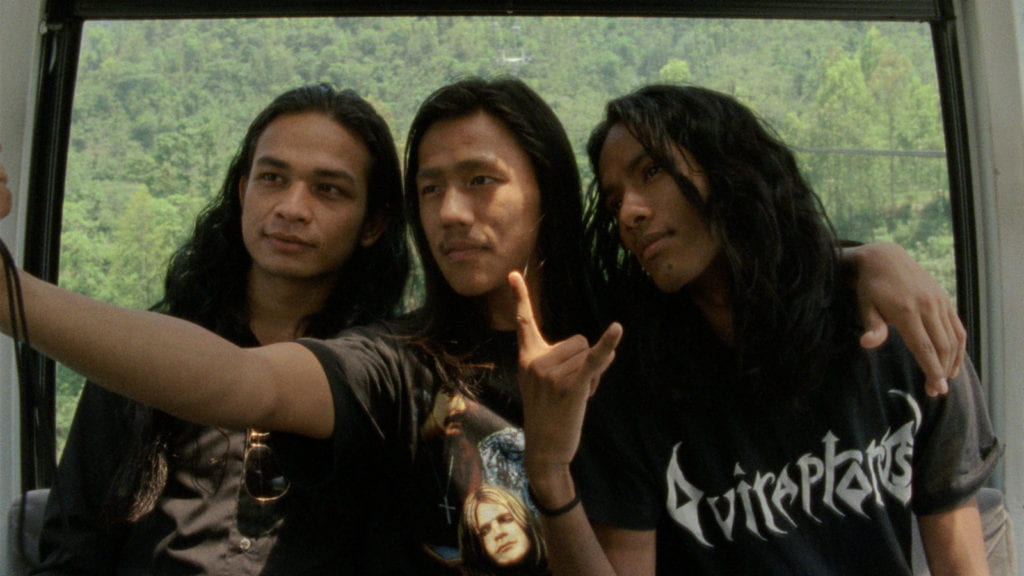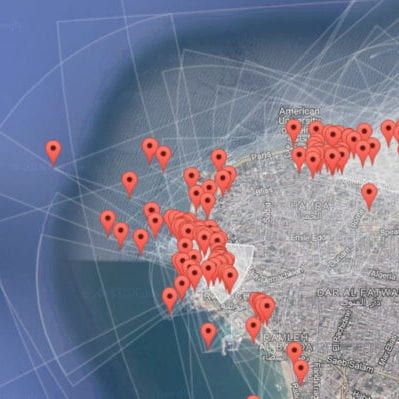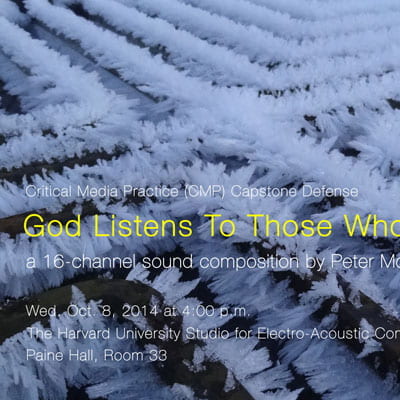
In “Tali/Khali (Empty Beat),” Brandon aka Bunty Singh uses a concept from Hindustani classical music and Sikh music traditions to interrogate the dynamics of live performance and vernacular media practice in the Punjabi and diasporic Sikh community. Khāli means “empty,” and is contrasted with tāli, meaning “clap/beat.” While the latter indicate beats to be emphasized in a rhythmic cycle, the former indicate a lack of a clap, making the beat unemphasized and thus empty. Here, media infrastructures take on the nature of the emphatic, with electricity responsible for the empty ground of possibility, for the transmission of a beat. The conspicuous absence of the performer corresponds to the empty beat: the emphatic presence of the performer surfaces only in the midpoints and endpoints of media transmission processes. The identity of the absent performer also brings up questions of center and periphery in the context of a newly globalizing religious tradition. However the removal of a performer suggests both the moral imperative to diminish ones ego (haumai) within Sikh religious thought, while also critically assessing the agency of mediated transmission in religious performance adjuncted by electronic media. Likewise, removal of the performer’s live presence emphasizes the notion that creative processes are not, as in Sikh religious thought and in process philosophy, the products of individual human agency—they are, rather, inflorescences of the Divine.
The garden. A butterfly alights a flower, flutters and flies away. Bhai Vir Singh speaks to two visitors walking in his garden:
“Dear Disciple of the Guru, having seeing this, what did you see?”
Visitor 1: I saw a butterfly come, sit on a flower, then fly away.
Visitor 2: I saw one beauty kissing another. What did you see, Bhai Sahib?
Bhai Vir Singh: “Godself is delighted with God’s very own Sweet Nectar, God Themself is the Enjoyer of All.”
(As told by Dr. Jaswant Singh Neki in his memoir Asal Vidya (Sakrit Trust, Ludhiana, Punjab, India))

